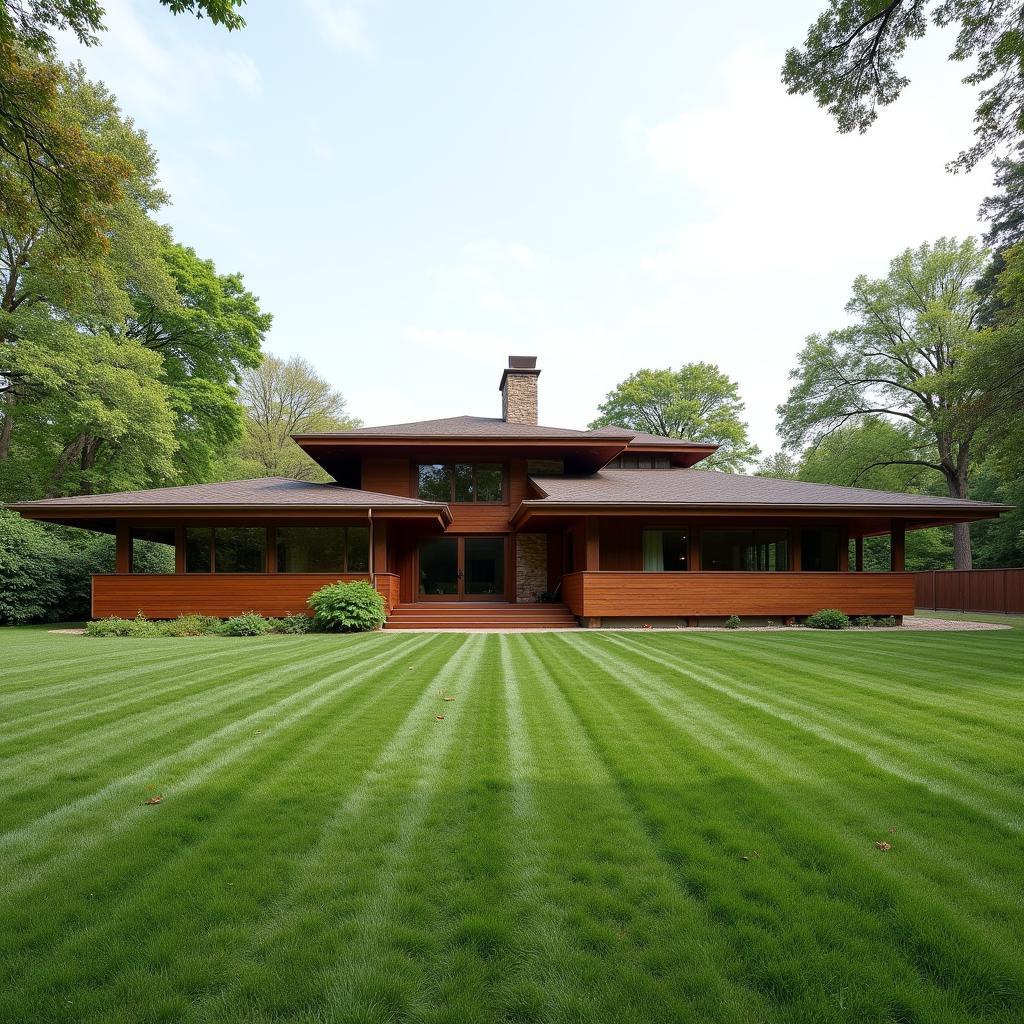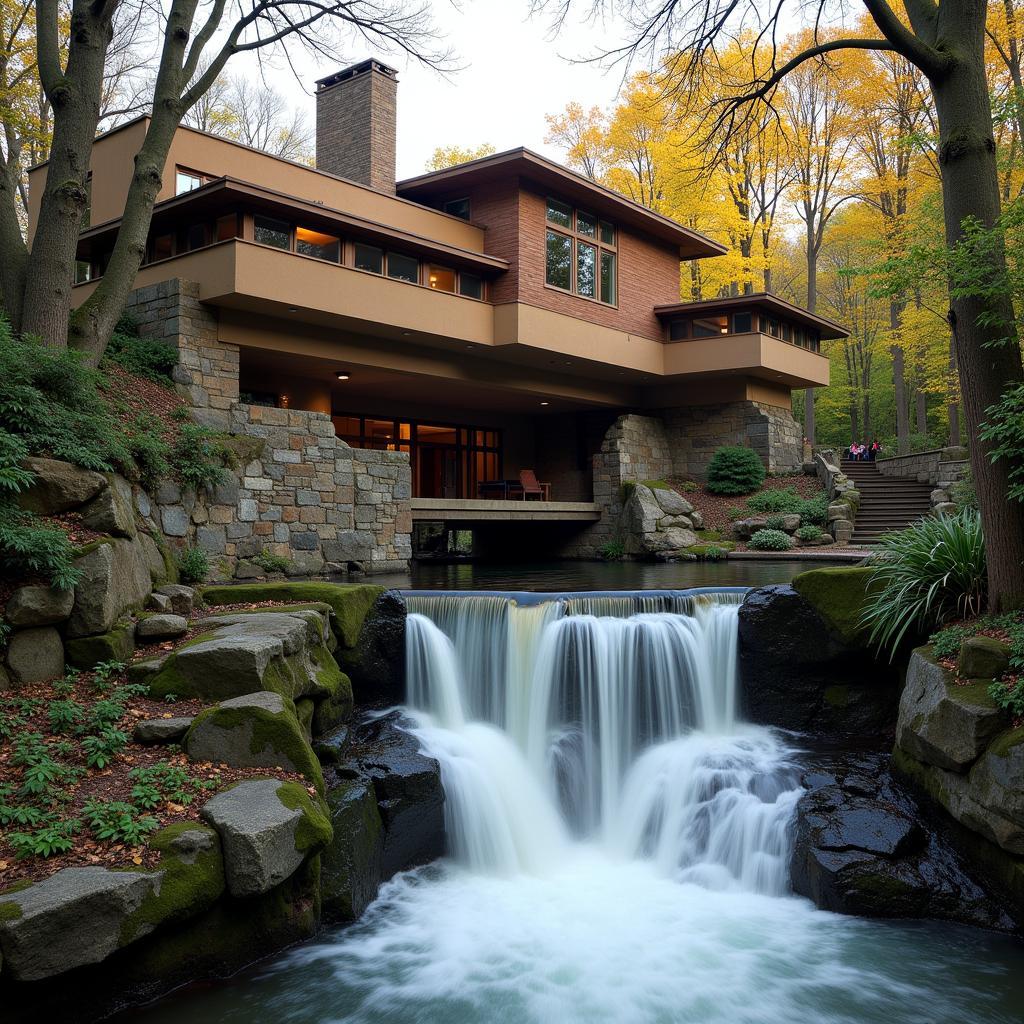Arts and Crafts Frank Lloyd Wright: A Legacy of Organic Design
Frank Lloyd Wright, a name synonymous with architectural genius, transcended the boundaries of traditional design and left an indelible mark on the world of arts and crafts. His unique approach, deeply rooted in the principles of the Arts and Crafts movement, gave birth to a style that celebrated the harmony between man, nature, and architecture. This article delves into the fascinating intersection of arts and crafts and Frank Lloyd Wright’s iconic style, exploring its enduring legacy and influence on contemporary design.
Born in 1867, amidst the burgeoning industrial revolution, Wright found himself drawn to the Arts and Crafts movement’s philosophy, which championed handcrafted artistry and the use of natural materials in stark contrast to the burgeoning mass production of the era. This resonated deeply with Wright’s own belief in the inherent beauty of nature and the importance of creating structures that existed in harmony with their surroundings.
The Prairie School: Where Arts and Crafts Met the Midwest
Wright’s early work, often categorized as belonging to the Prairie School style, exemplifies his interpretation of Arts and Crafts ideals. These houses, characterized by their horizontal lines, low-pitched roofs, and open floor plans, echoed the vast, flat landscapes of the American Midwest. Wright believed that a building should be “of” the land, not “on” it, and his Prairie houses seamlessly blended with their surroundings, their earthy tones and natural materials blurring the line between the built environment and the natural world.
 Frank Lloyd Wright Prairie Style House
Frank Lloyd Wright Prairie Style House
Organic Architecture: Embracing Nature’s Forms
Central to Wright’s design philosophy was the concept of “organic architecture.” This went beyond simply using natural materials; it was about creating structures that grew organically from their environment, reflecting the forms and rhythms of the natural world. He believed that a building should be a unified whole, where every element – from the furniture to the light fixtures – was in harmony with the overall design.
One of the most iconic examples of Wright’s organic architecture is Fallingwater, a house built over a waterfall in rural Pennsylvania. The house seems to grow out of the rock ledge, its cantilevered terraces mimicking the natural formations of the waterfall. Fallingwater is a testament to Wright’s ability to create a truly symbiotic relationship between architecture and nature.
 Fallingwater by Frank Lloyd Wright
Fallingwater by Frank Lloyd Wright
Enduring Influence: A Legacy of Craftsmanship and Innovation
Frank Lloyd Wright’s impact on the world of arts and crafts extends far beyond his own lifetime. His emphasis on craftsmanship, natural materials, and the integration of buildings into their surroundings continues to inspire architects and designers today. His work reminds us that true beauty lies in simplicity, functionality, and a deep respect for the natural world.
While Wright’s architectural masterpieces stand as a testament to his genius, his influence on furniture design, stained glass, and decorative arts further solidifies his legacy as a champion of the Arts and Crafts movement. From his iconic barrel chairs to his intricate geometric stained glass windows, Wright’s work showcases a meticulous attention to detail and a commitment to creating beautiful, functional objects that enhance the human experience.


